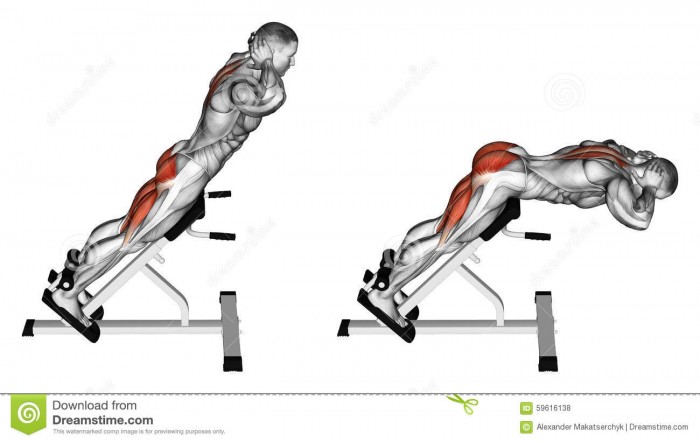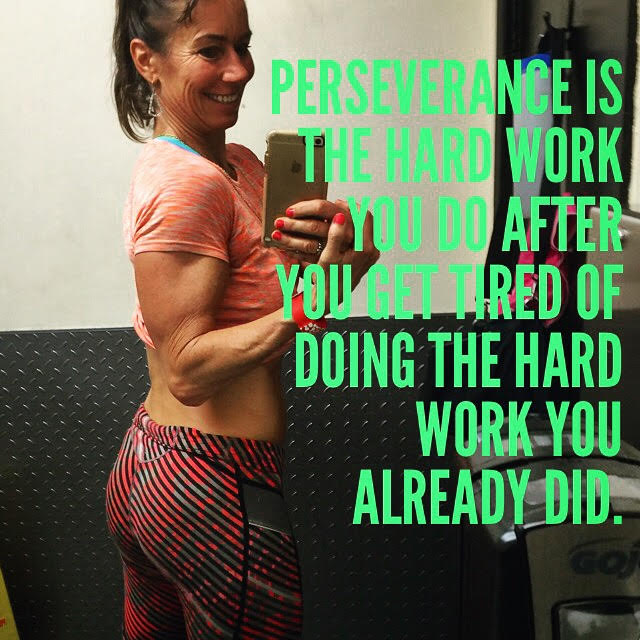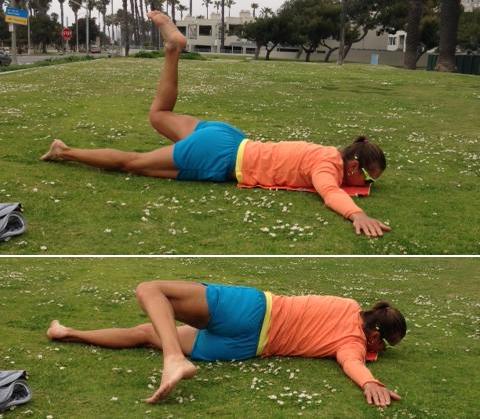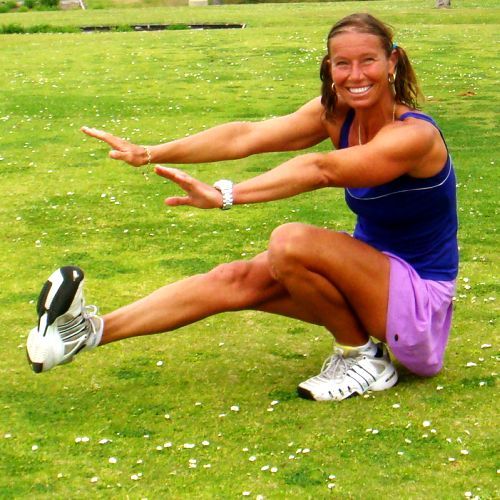Hyper-extensions are an amazing movement for the entire posterior chain of muscles.
The glutes—and especially the gluteus maximus, the biggest of the gluteal muscles—are extremely important for your athletic performance and well-being. They do look very good too if they are beautifully developed.
Unfortunately, unless you pay a lot of attention to your glute training, the chance is that they are weak, small, unresponsive, underdeveloped and not firing how they should.
We sit too much: driving to and from work or school.. then at work or school. We may take a few walks to the bathroom or to get a meal, but it is pretty much it. Then we sit driving home. At home, we sit at the dinner, and then we socialize with the family or TV and sit again.
We may fit in a training session, or a tennis practice somewhere during the day. But compared to the time spent sitting, the movement time is a very small percentage of our day.
Thanks to too much sitting, our hip-flexors (in the front of the hip) get shortened and chronically tight. Even the quadriceps (front of the leg) is often shortened and tight.
Tight and shortened hip-flexors inhibit the glutes when the glutes need to work during walking, running, training, or playing tennis. When the glutes don’t work properly, the other muscle groups need to compensate during the movement. You don’t move correctly and efficiently (thus your tennis performance suffers) and you can—and most probably will—sustain overuse injuries in the future if you don’t correct this issue.
A focused glute training is extremely important. The majority of athletes and non-athletes are weak in the posterior kinetic chain (muscles in the back: upper back and rear shoulders, lower back, glutes, hamstrings, and calves).
Everybody will benefit from extra training of the muscles in the back. Especially the glutes, because they are powerhouse to all your athletic movement.
There are many great exercises to train glutes: squats, squats with jumps, all variations of lunges (forward, back, side, walking, jumping, climbing), deadlifts and stiff-legged deadlifts, glute bridges, glute kicks (aka butt blasters), monster walks, etc.
But if your glutes are not firing correctly in the big compound exercises such as squats, lunges, or deadlifts, or if you have left-right imbalances, you can have a faulty movement pattern.
Hyper-extensions
Hyper-extensions is my new favorite exercise to strengthen my glutes—the entire area and especially the top of the glutes—to give them the nice round shape. As a benefit you will get your lower back workout in as well, and if you squeeze your scapulas together on the top of the movement, and contract all the muscles in the upper back, they will get extra work as well. The hamstrings are being stretched and contracted and strengthened as well.

- You don’t need to use any weight, just the weight of your upper body, and focus on squeezing all the muscles in the back (glutes, hamstrings, lower back, and upper back) on the top of the movement.
- Hold the contraction for a moment and then resist with the glutes and hamstrings on the way down.
- Do 30 repetitions, 4 sets.
- When you feel stronger, hold a 10-pound plate on your chest and do the same movement. It is harder to squeeze the upper back muscles, so you need to focus more.
- Make sure you don’t sacrifice the quality (height and squeeze) of the movement for the quantity (the extra pounds on your chest).
Add hyper-extensions to your workout on a regular basis, and see how strong your glutes will get. And beautifully shaped as well.

If you would like to learn more about mindful training and injury prevention for tennis, your favorite sport, or just for life to avoid all the aches and pains, feel free to check and enjoy “Tennis Fitness for the Love of it” book. Send me an email and let me know how you are doing regarding your training.
.




